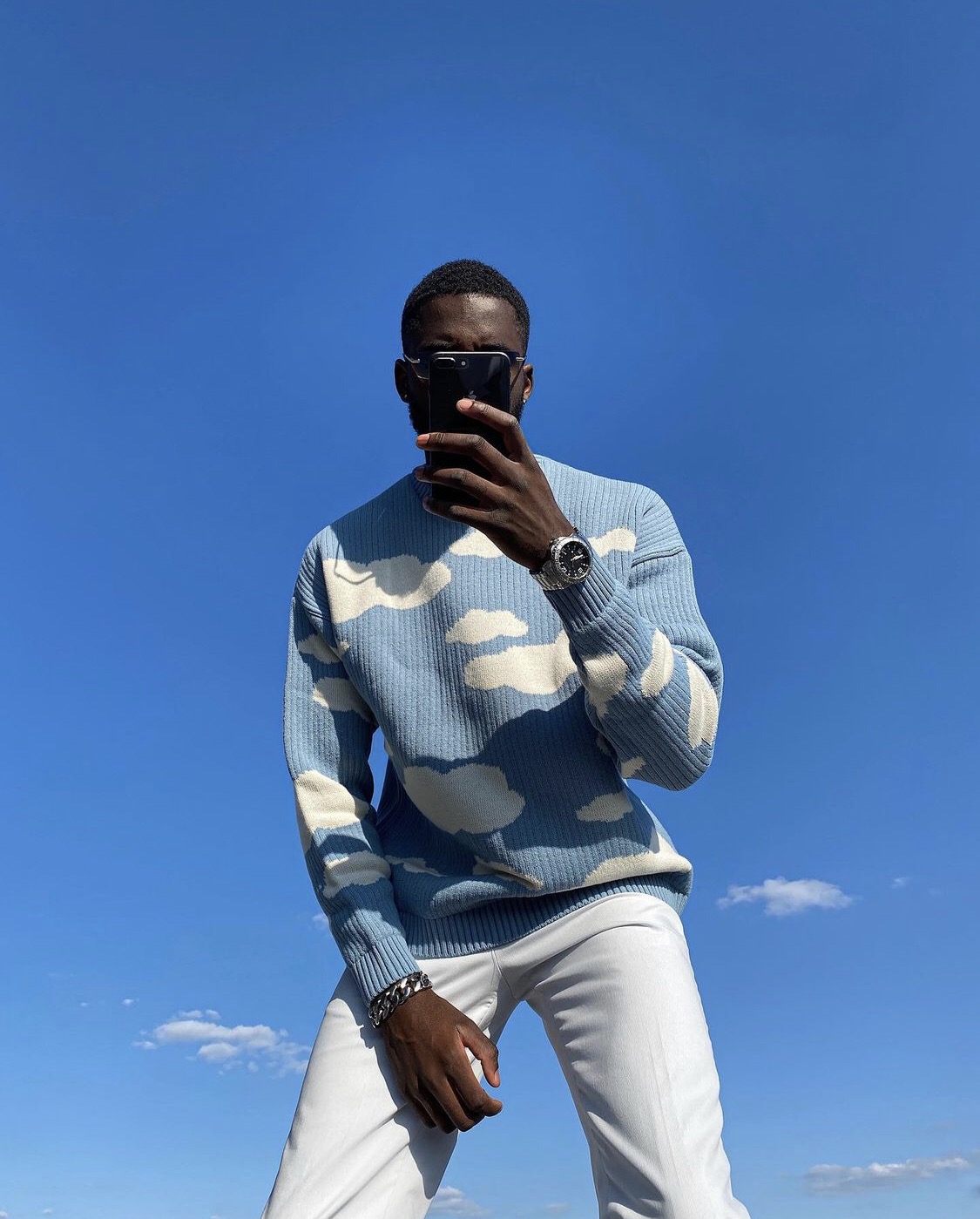A GENDERLESS FUTURE AT NYFW
- Tobi Efunnowo

- Mar 25, 2021
- 4 min read

Feminists and gender critics might say “The future is female”, but looking into the future of fashion the future isn’t male or female - its genderless.
The concept of gender fluidity has only gotten mainstream recognition lately, thanks to largely increased conversation on trans issues., as well as world stars such as jaded smith and young thug changing the gender norms.
As the world moves on, words like “he” and “she” are going out of dates and the idea of genderless fashion seems to be coming into play. Looking back at it, clothes have always crossed the general boundaries of gender - T-shirts, jeans and hoodies aren’t exclusively to men or women - yet they are marketed and sold within a binary framework.

Presently, a handful of designers are challenging the general norm, offering a place in the industry for those who don't find themselves on either side of the fence or for those who just want to ignore the general notion.
In New York. genderless collections are making their mark on Fashion week. Buyers, critics and retails are now looking beyond traditional men’s and women’s collections thanks to brands such as Telfar, Chromat. Vaquera, Gypsy Sport, and Eckhaus Latta, which have all always put forward a genderless identity from day one. In February, the council of Fashion Designers of America (CFDA) even added a “unisex/non-binary” category to the NYFW calendar.
Meaning of Genderless Fashion…
From a streetwear perspective, the idea of genderless outfits doesn’t seem new. But the major difference is that streetwear is worn by everyone, they are mostly made for and marketed to men.
The aim of genderless fashion is to break free from the gender constrictions identified with the clothes we wear. Basically, designers are trying to give consumers the freedom to explore what they want to wear without having to worry about what their choices say about there sexuality or gender.
“All clothes are gender neutral, its really about who’s wearing the garments and how they gender themselves. I love when a piece can be worn by anyone, whether they are cis, trans, male-, female-, or non-binary-presenting. Personally, I think that if kids weren’t told that blue jeans are for boys and pink dresses are for girls , then we would all be dressed as our true selves. So i design for people who think like me, who are themselves regardless of society's expectations and regardless of what section of a clothing store they like to shop in” said Gypsy Sport founder Uribe.
For McCharen- Tran, who designs swimwear at her brand Chromat said to highsnobiety “the most important message I hope to share through our swimwear design is one of acceptance and the celebration of individuality. It sounds so simple,e, but its a daily act of defiance to be yourself when so much of what we see on our screens and in our world is about conforming to unachievable beauty standards.”
In the retail world, Rob Smith, whose The Phluid Project is billed as the “world first gender-free store.” said in a n interview with Highsnobiety, the fluid project is “for people who want to shop in a safe environment and explore and push the boundaries,” .He also said “My goal is to eliminate gender expression. To eliminate the concept that anything you wear or put in your body or makeup should define whether youre male or female. Think gender expression is over. The concept of gender is over.”
Going mainstream…
Marketing clothes as genderless might not be new, but people have always been swinging towards the boundaries of gender expression. As Rick Owens, one of the major designers who pioneered a genderless view of Fashion, told Refinery29, “I dont understand why this generation thinks they invented gender fluidity. They did it harder, stronger and louder in the 70’s…and 16th- century Japan.”
While it might have undoubtedly existed in past centuries in Japan, we’re now entering a time in which genderless fashion may no longer be an anomaly or some kind of statement, but the norm.
It will definitely harder for bigger brands and stores to break from the women’s and men’s classifications because thats how the market is set up. Smaller, younger brands have more flexibility to experiment and react to changing expectations that a fashion house, but the recent movees towards genderless fashion has undoubtedly been felt across the industry.
When asked why he makes genderless clothes, Clemens of Telfar,in an interview with Highsnobiety responder bluntly “its just clothes”.. And he is right - but fashion is also reflecting a societal change, and where society leads, fashion follows.
As attitude change, wearing something that differs from gender norms can still be viewed as more than just a regular choice, but a more like a political statement. Its also basically an unequal system: women can generally wear menswear without issues, but a man wearing a generally acclaimed feminine style still prompts a double take.
As more brands recognise and abandon the rigidity of menswear and womenswear, gender stereotypes in style might hopefully become a thing of the past.




Comments